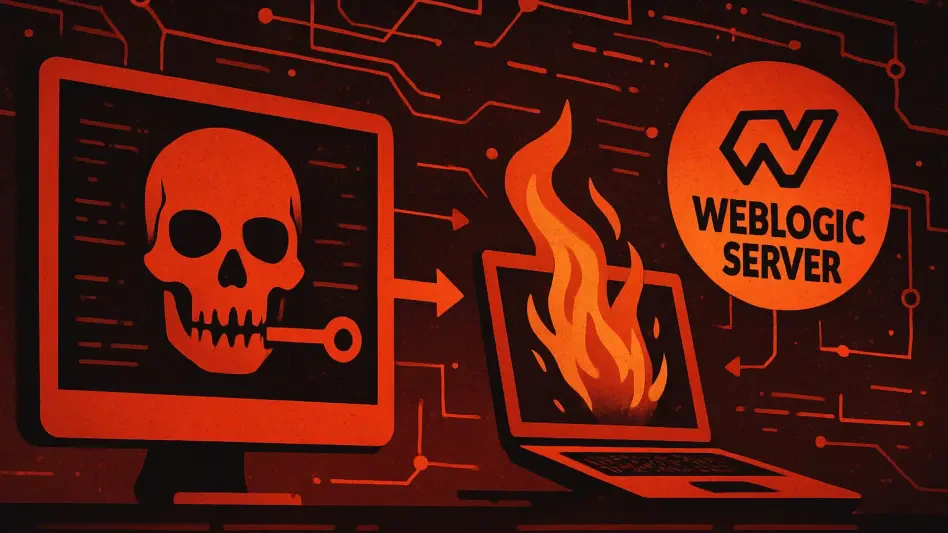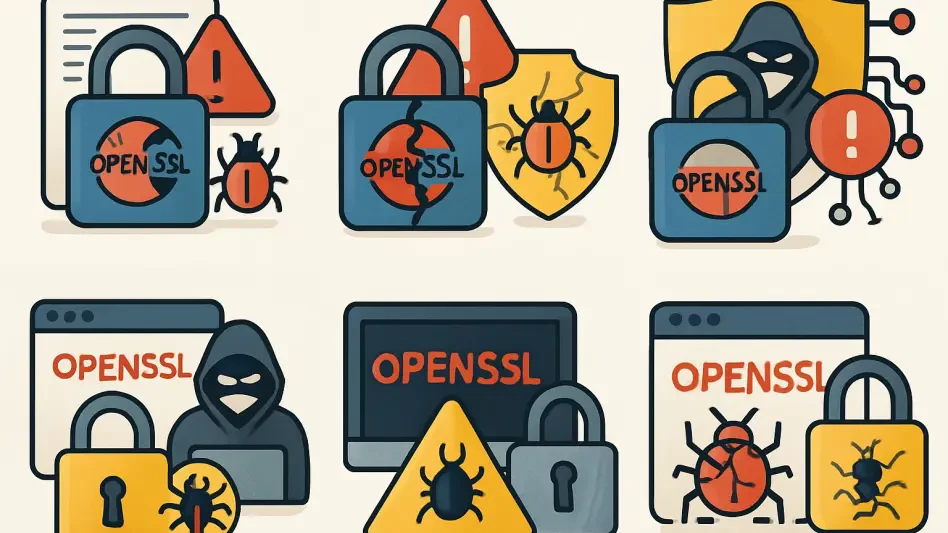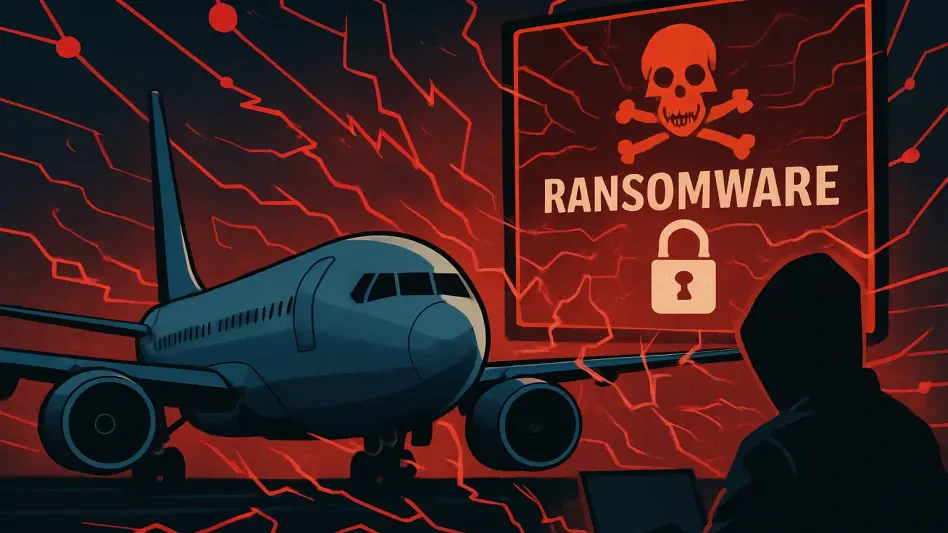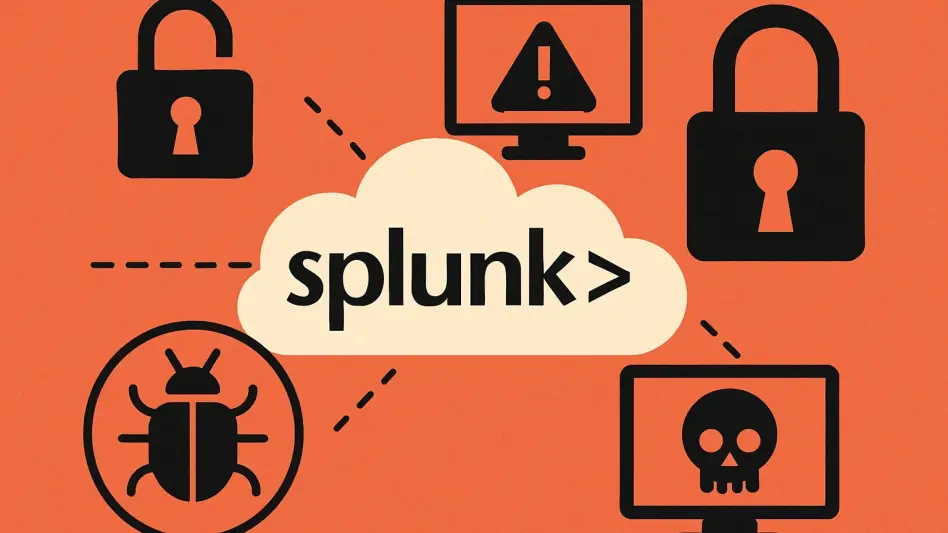The second half of 2024 has witnessed an alarming increase in DDoS (Distributed Denial of Service) attacks, painting a grim picture for businesses across various sectors. The reported surge marked a 56% year-over-year increase in attacks compared to the same period in 2023, accentuating the urgency for robust defensive measures. Cybersecurity firm Gcore highlighted in their latest findings that the period also experienced a notable 17% rise from 2024, pointing to a worrying long-term trend in DDoS activity. This sustained escalation can be partially attributed to opportunistic exploitation of poorly secured IoT devices, which are being co-opted into botnets to scale these attacks significantly. Adding more complexity, geopolitical tensions have fueled targeted assaults on critical infrastructure, orchestrated by hacktivist groups and even state-sponsored entities. These cyber incidents have become not only more frequent but also more intense and sophisticated, challenging any previously set notions of how devastating DDoS attacks can be.
The Evolving Nature of DDoS Attacks
While DDoS attacks continue to wreak havoc, the nature of these attacks has evolved remarkably. One of the most significant changes observed was the shift toward shorter but immensely powerful strikes, referred to as “burst attacks.” The largest attack recorded in the second half of 2024 peaked at an unprecedented 2Tbps, an 18% increase from # 2024. Despite their shorter duration, with the longest lasting just five hours as opposed to 16 hours in the first half of the year, these attacks are far from any less detrimental. On the contrary, their brevity makes them harder to detect and can often serve as a smokescreen for secondary threats such as ransomware. This evolving strategy highlights the increasing sophistication and adaptability of cybercriminals who continually refine their tactics to outpace cybersecurity defenses.
The technology sector, undeniably central to modern businesses, saw a staggering increase in DDoS activity. Incidents surged from 7% to 19% year-over-year, signifying an alarming trend focusing on higher-value targets. A prominent example was the high-profile DDoS attack on Microsoft in July 2024, which led to a 10-hour outage impacting critical services including banks, courts, and utility services. This incident sent shockwaves through the industry, underscoring the widespread repercussions and the potential for substantial operational disruptions. It is increasingly clear that cybercriminals are no longer simply aiming for the low-hanging fruits but are strategically targeting platforms whose downtime can cause significant financial and societal impacts.
Sector-Specific Trends in DDoS Activity
The financial services sector also bore the brunt of these advanced cyber onslaughts. During 2024, the sector witnessed a dramatic 117% increase in DDoS attacks from constituting 26% of all DDoS incidents in this period. The underlying motive behind this surge can often be traced to cybercriminals employing DDoS extortion tactics. The high costs associated with downtime make financial institutions lucrative targets for such cyber shakedowns. The relentless focus on financial services underscores the need for enhanced vigilance and fortified defenses capable of countering these heightened threats.
Contrastingly, the gaming industry, which had previously been a prime target, experienced a 31% decline in DDoS attacks compared to # 2024. Despite still making up 34% of the total DDoS attacks, this shift indicates a tactical move by adversaries towards more profitable targets. This trend is indicative of the adaptive nature of cyber threats, necessitating a dynamic and proactive approach in mitigating these risks. Organizations would do well to recognize that becoming complacent based on past attack patterns could lead to catastrophic blind spots, making it imperative to continually evolve their defensive postures.
Defending Against the Wave
In the second half of 2024, businesses across various sectors have faced a sharp rise in DDoS (Distributed Denial of Service) attacks, creating a dire need for strengthened cybersecurity measures. Reports indicate a staggering 56% year-over-year increase in these attacks compared to the same period in 2023. Cybersecurity firm Gcore’s latest findings also reveal a 17% increase in attacks from the first half of 2024, signaling a troubling long-term trend. This persistent rise is partly due to the exploitation of insecure IoT devices, which are being incorporated into botnets to amplify the scale of these attacks significantly. Geopolitical tensions have further compounded the issue, with hacktivist groups and state-sponsored entities orchestrating targeted attacks on critical infrastructure. Consequently, these cyber incidents have not only become more frequent but also more sophisticated and intense, challenging previous assumptions about the potential destruction DDoS attacks could cause.







